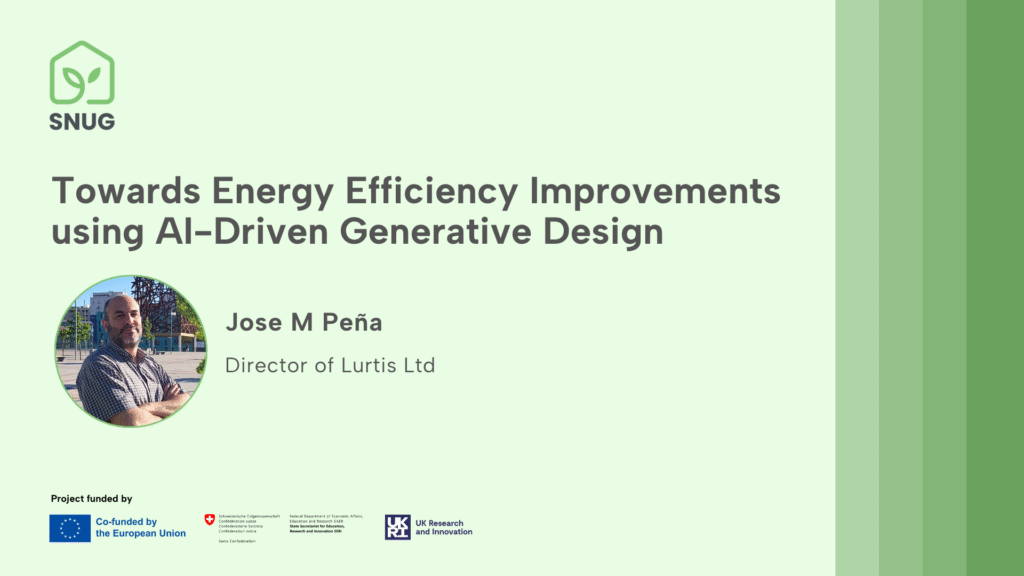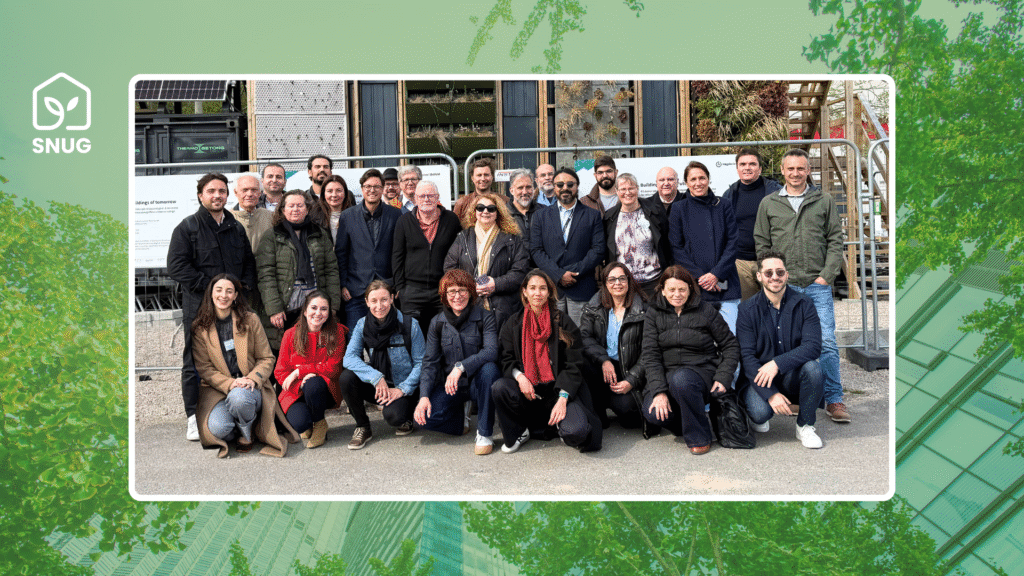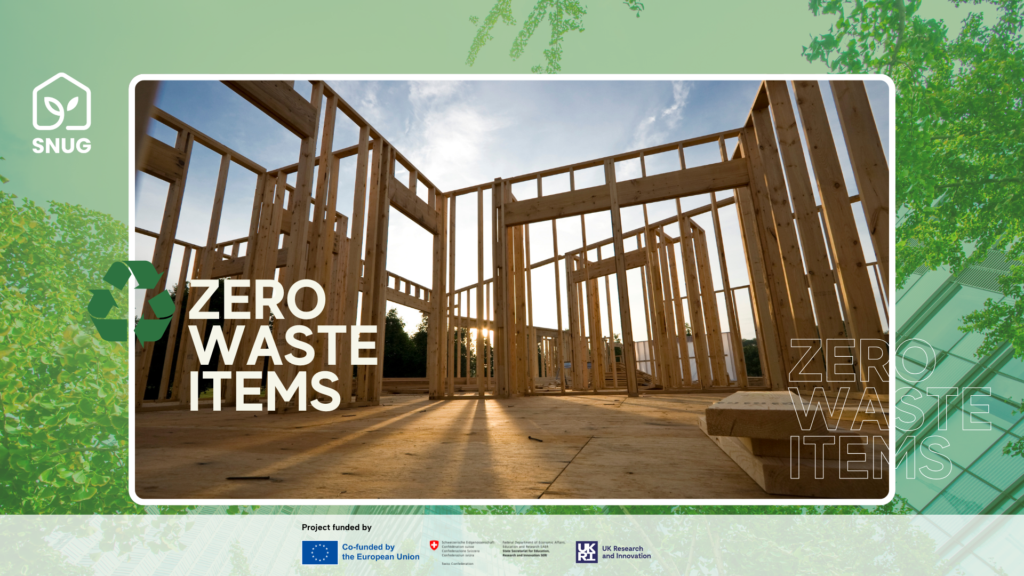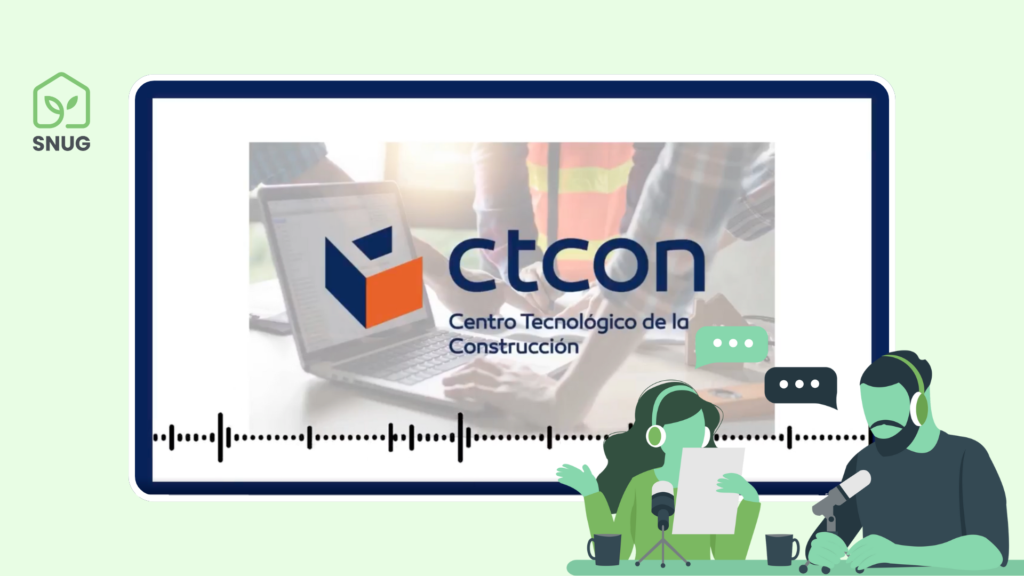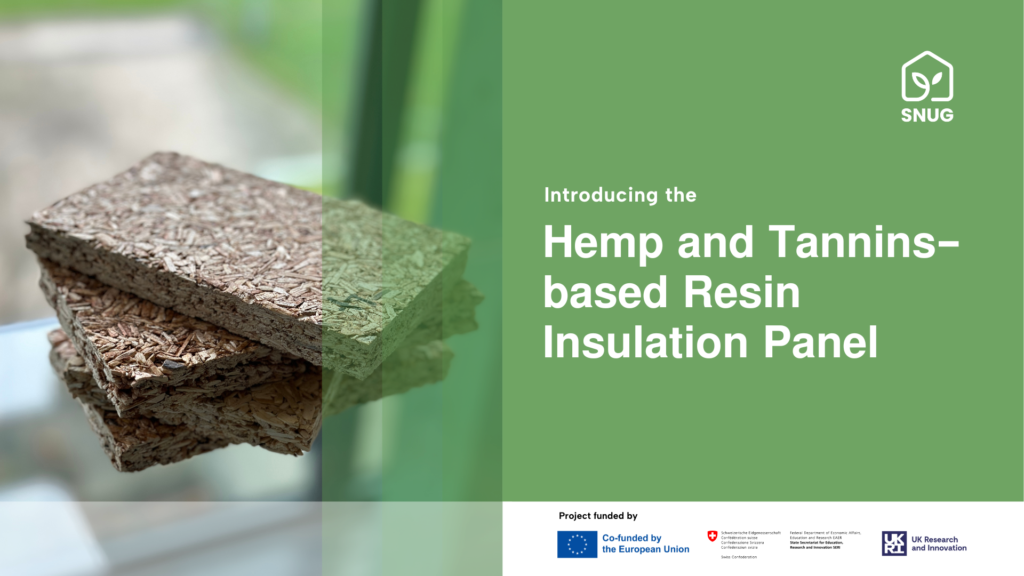Transforming the Construction Industry with Energy-Efficient Materials
The construction industry ranks among the most resource-intensive and environmentally impactful sectors worldwide. It accounts for approximately 40% of energy consumption, one-third of water use, and half of all raw materials extracted. Additionally, it is responsible for about 39% of global CO₂ emissions, with operational energy use and the embodied carbon in building materials being major contributors.
One of the key challenges is balancing the need for energy efficiency in buildings with the demands of modern construction. Spaces such as bathrooms, which require consistent indoor thermal regulations, especially in northern climates like Scandinavia, are particularly energy-intensive due to heating demands. This is becoming increasingly critical with rising electricity prices.
To tackle these challenges, innovative materials and approaches are urgently needed, not only to reduce energy consumption during building use but also to minimize the environmental impact of materials throughout their lifecycle. At Østfold University College (HIOF), the Advanced Materials Group has taken a role in addressing these issues through the EU-funded SNUG project.
In Scandinavian countries, heated floors are quite common. The floor heating system (electric or circulating water) is normally covered by a layer of self-leveling mortar. To improve these systems, one of the solutions under development at HIOF is a self-leveling mortar enhanced with phase change materials (PCM).
PCMs are advanced materials that can absorb and release thermal energy during phase transitions, typically between solid and liquid states. This material can help regulate indoor temperatures by storing heat when the heat source is turned on and gradually releasing it when the heat source is turned off. In this way, we can utilize cheap energy in off-peak periods. In high peak periods, when the electricity is expensive, the heating system can be turned off, and the PCMs will release heat to keep the floor warm.
However, designing such a material comes with its challenges, including ensuring that the PCM-enhanced mortar maintains its flowability, structural integrity, and long-term durability.
Lifecycle Environmental Impact Analysis
Beyond developing new materials, the SNUG team at HIOF is committed to understanding the environmental impact of PCM-enhanced mortars across their entire lifecycle. This involves comparing their performance with traditional self-leveling mortars in terms of energy efficiency, carbon footprint, and overall sustainability. For instance, lifecycle assessments (LCA) evaluate the environmental costs of raw material extraction, production, usage, and eventual disposal or recycling.
Mock-Up Testing Facility
As part of the SNUG objectives, Østfold University College has recently installed a pilot scale testing facility, the Green Research Hub in Fredrikstad. This will be used to evaluate the energy performance of the PCM/self-leveling mortar system.
The facility includes two twin rooms: one with a traditional self-leveling mortar and the other with PCM-enhanced self-levelling mortar. By monitoring the thermal performance of these rooms over time, we can examine the thermal and energy performance of the PCM/mortars as well as their effect on the indoor climate.
Pilot scale testing – Green Research Hub in Fredrikstad
A Personal Journey: From Master to Doctoral studies at HIOF
I started my master’s degree in Green Energy Technology at HIOF in 2021. During my Master Thesis, I focused on characterizing a shotcrete mix design with microfibrillated cellulose (MFC). This experience prepared me for my current role as a doctoral research fellow in the SNUG project, where I am part of a dedicated team working on the development of PCM-enhanced mortars. My work includes developing mix designs and testing mechanical, thermal, and flow properties. Additionally, I am collaborating with industry partners to ensure that the material meets the requirements for practical applications.

The Way Forward: Collaboration for a Sustainable Future
Under SNUG, HIOF’s contributions to sustainable solutions are not limited to the demonstration of PCM-enhanced self-leveling mortar. We will be going beyond this product to develop a second demonstrative mix design, which will utilize locally sourced wastes to create geopolymer-based self-leveling mortars incorporating bio-based PCMs. The use of local waste materials and bio-residues will enable this second demonstration to produce a more sustainable product while adhering to the principles of economic circularity. Additionally, we aim to collaborate with other SNUG partners to share experiences and knowledge, further enhancing the impact of this initiative.
Working on the SNUG project has been a transformative experience, reshaping my understanding of how science, industry, and policy can converge to tackle global challenges, which will serve as a cornerstone of my PhD research.
From the outset, SNUG stands out as an opportunity to address a critical issue i.e. reducing the carbon footprint of the construction industry through innovative material science. For me, this project is not just about advancing research but also contributing to a solution that has tangible, real-world impacts.
Download full article in pdf here.
Sources:
Global Status Report for Buildings and Construction 2019
https://www.iea.org/reports/global-status-report-for-buildings-and-construction-2019?utm_source=chatgpt.com
Building Materials And The Climate: Constructing A New Future – A UN environment program
https://www.unep.org/resources/report/building-materials-and-climate-constructing-new-future
